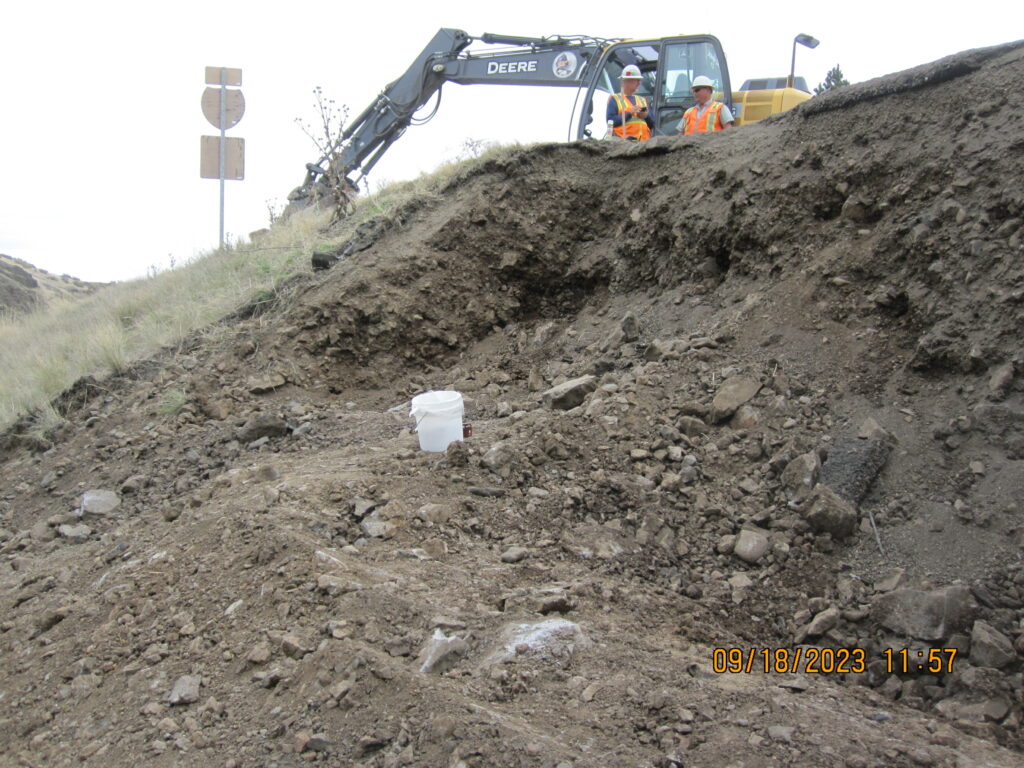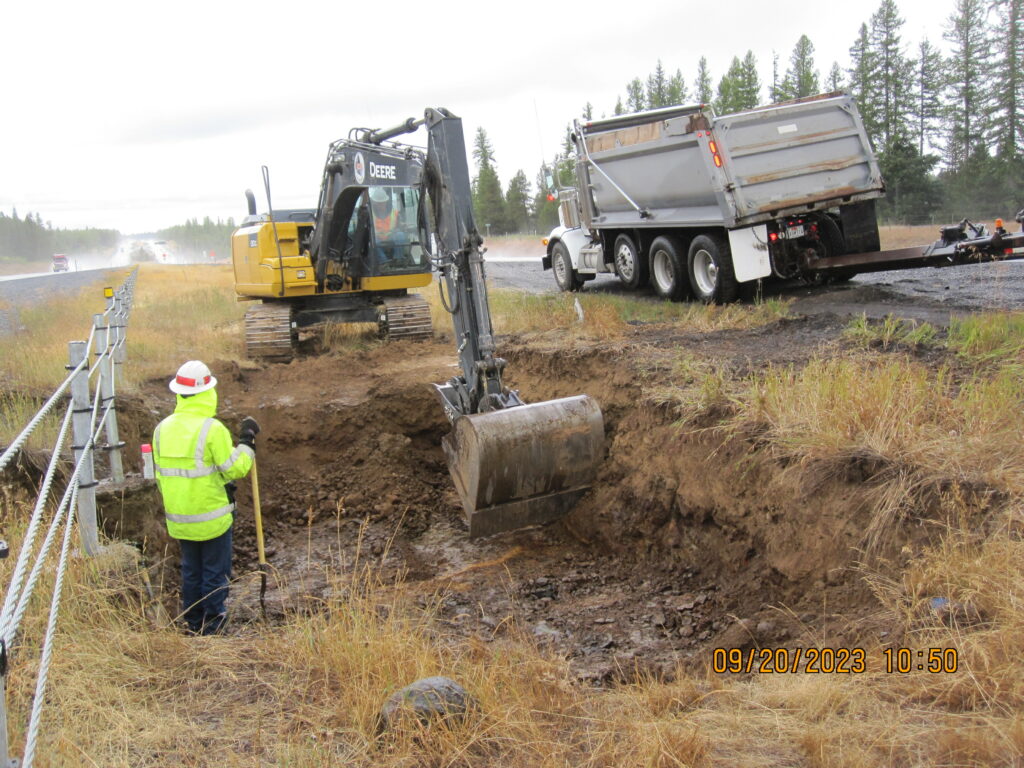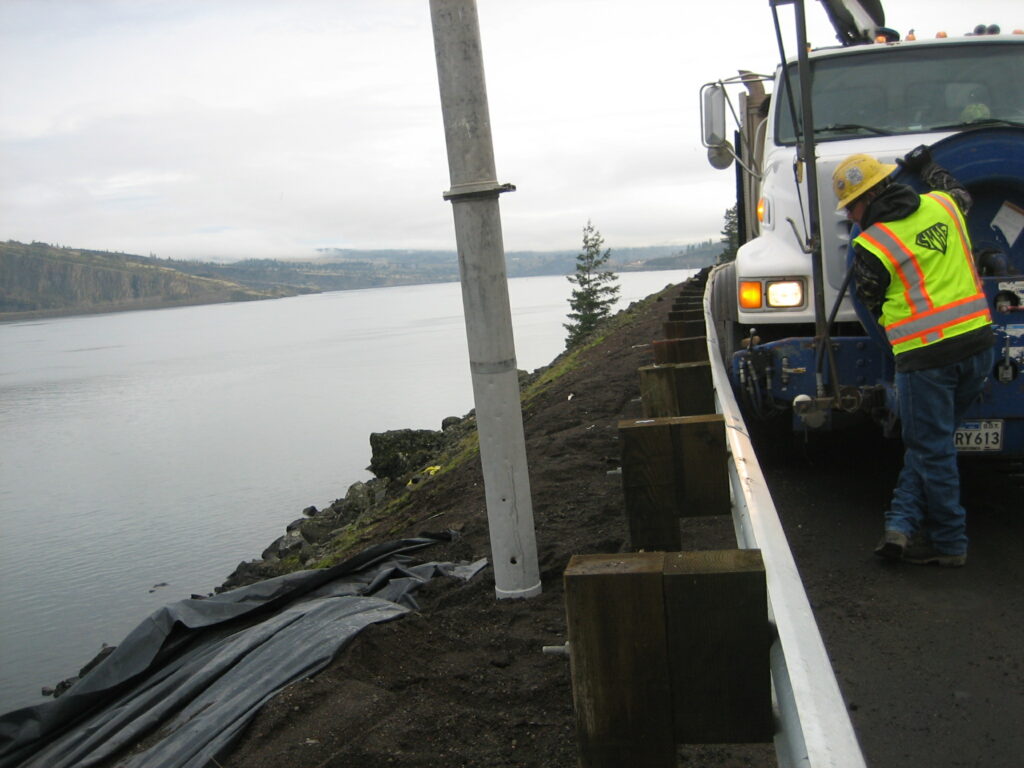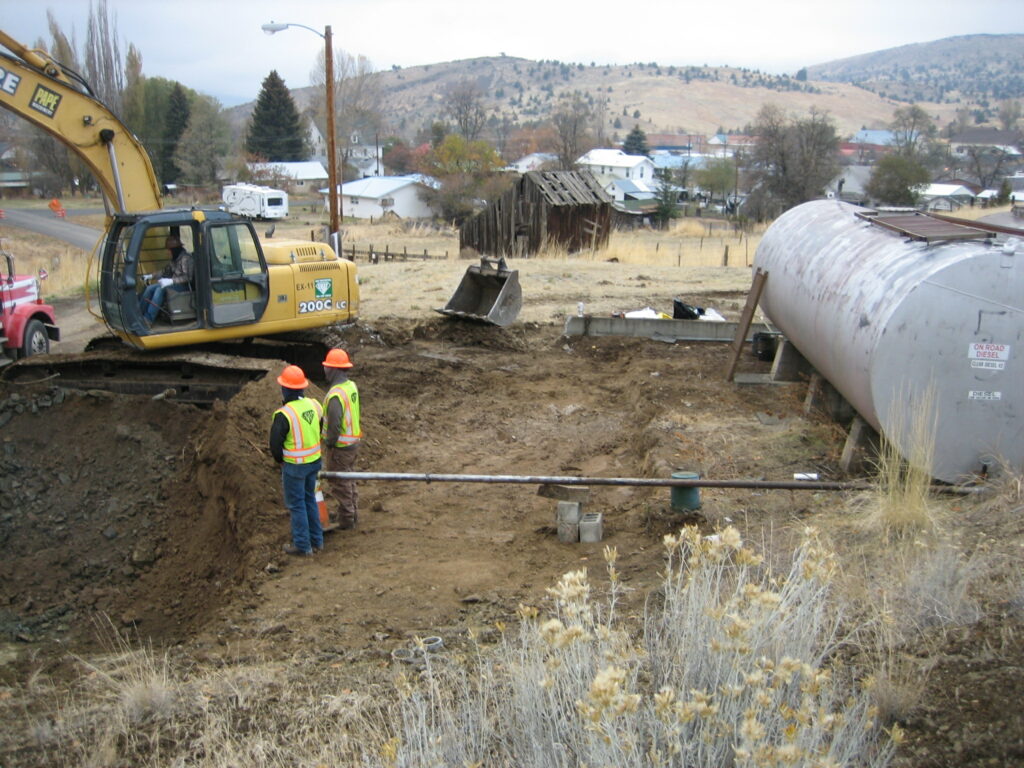What if the site assessment indicates problems at a site? Usually, some sort of site remediation (also known as site cleanup, sometimes referred to as a Phase III ESA) becomes necessary. For impacted soil, site remediation may entail digging up the impacted soil, disposing of it in an appropriate landfill, documenting the soil disposal, and collecting confirmatory soil samples of remaining onsite soil. If the confirmatory soil samples are not “clean enough”, another round of soil removal may occur. In Oregon, this work is usually conducted cooperatively with DEQ, using DEQ’s Risk-Based Decision Making (RBDM) guidance.
For very large and/or very complicated site impacts, a Remedial Investigation/Feasibility Study (RI/FS) is prepared. An RI/FS study more completely characterizes existing site conditions, explores different methods of site remediation, compares their approximate costs, compares how effectively each might achieve the desired outcome, and ranks each method. RI/FS studies evaluate various methods, including “do nothing”, complete dig and haul, partial dig and haul, in place soil remediation, use of engineering controls, use of institutional controls, groundwater monitoring, groundwater treatment, and more. The most favorably-ranked method is then implemented.



